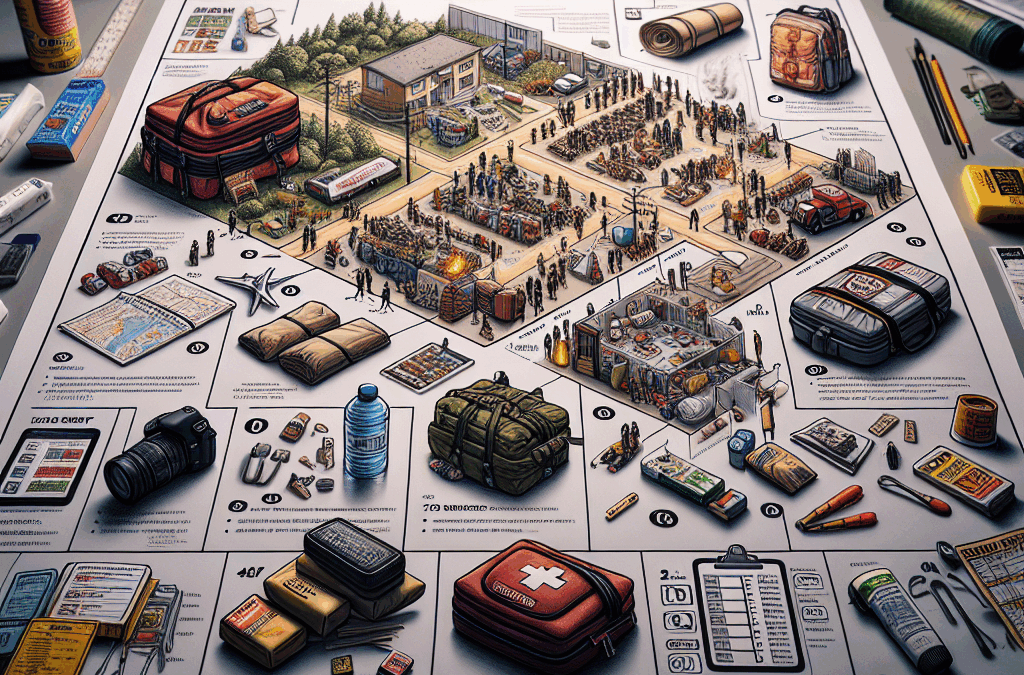In a world where natural disasters can strike with little warning, understanding the importance of disaster preparedness is crucial. It’s not merely a task on your to-do list; it’s an essential component of safeguarding your family and property. Preparedness means being proactive rather than reactive, ensuring you have the tools and strategies in place to respond effectively when emergencies arise.
The first step in this journey is assessing your risks. Different regions face unique challenges—be it hurricanes, earthquakes, floods, or wildfires. Take time to research the types of disasters that are most prevalent in your area. This knowledge will guide your planning efforts. For instance, if you’re living in a flood zone, prioritizing water-resistant supplies and evacuation routes becomes paramount. By identifying potential threats specific to your environment, you can tailor your preparedness strategy accordingly.
Once you’ve assessed your risks, it’s time to build your emergency kit. This kit should be a treasure trove of essential supplies that will sustain you during challenging times. Think beyond just bottled water and snacks—include items like first aid supplies, flashlights with extra batteries, multi-tools, blankets, and hygiene products. Don’t forget about medications specific to family members’ needs as well as important documents stored in waterproof containers. A well-stocked emergency kit can make all the difference when facing unexpected disruptions.
Equally important is creating a family emergency plan that covers communication and evacuation strategies. Discuss these plans with every member of the household so everyone knows what to do before disaster strikes. Establish meeting points outside the home where everyone can gather after an evacuation—this reduces confusion amidst chaos. Moreover, consider designating an out-of-town contact person who can relay information if local networks become unreliable during a crisis.
Staying informed is another critical aspect of effective disaster preparedness. Utilize alerts from local authorities or download apps designed for real-time updates about weather conditions or emergencies in your area. Social media platforms often provide timely information too; however, ensure you rely on verified sources for accuracy—disinformation can spread rapidly during crises and create unnecessary panic.
Regularly reviewing and updating your preparedness plan is vital for staying ready for anything life throws at you. Situations change over time—new family members may join the household or personal circumstances might shift—and it’s important that your plan evolves accordingly. Set aside time annually (or biannually) to revisit each component: assess any new risks based on environmental changes or recent events; replenish expired items in your emergency kit; and practice drills with the entire family so everyone feels comfortable executing the plan.
Thank you for reading this post, don't forget to subscribe NOW for FREE!
Disaster preparedness isn’t simply about having supplies ready; it’s about cultivating resilience within yourself and those around you. By understanding risks, designing comprehensive plans, staying informed through reliable channels, and regularly reassessing strategies—you equip yourself with confidence against uncertainty. Remember: being prepared isn’t just smart—it could very well be lifesaving! So take these steps seriously today because tomorrow may bring surprises we least expect!






